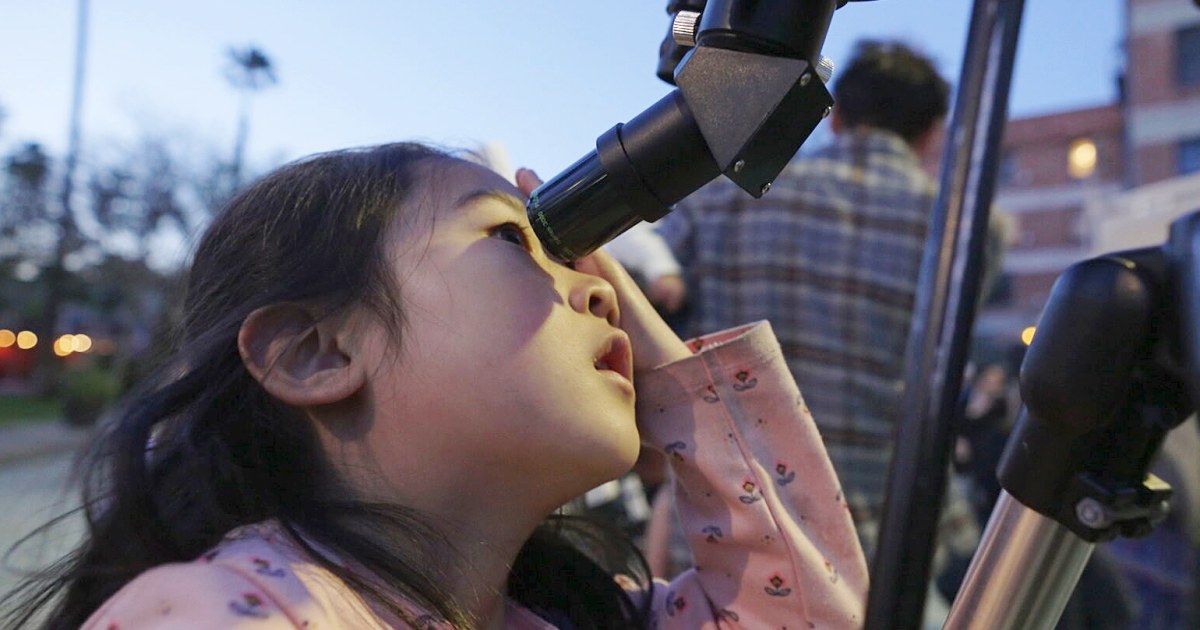
Geoid
In space and astronautical engineering, geoid refers to the equipotential surface of the Earth's gravity field that best fits the global mean sea level. It is an imaginary surface that extends continuously under the continents. The geoid is used as a reference surface for measuring elevations and gravity anomalies. It is an important tool for satellite altimetry, which measures the height of the ocean surface relative to the geoid. The difference between the geoid and the ellipsoid, which is an idealized mathematical model of the Earth's shape, is called the geoid undulation. The geoid undulation is positive in areas where the gravity field is stronger than the global average and negative where it is weaker. The geoid undulation is an important parameter for determining the accuracy of satellite navigation systems and for studying the Earth's interior structure.
Your Previous Searches
Random Picks
- Singularity: In space and astronautical engineering, Singularity refers to a hypothetical point in space-time where the laws of physics as we know them break down. It is believed that such a point exists at the center of a black hole, where the gravitat ... Read More >>
- Neutrons: In space and astronautical engineering, neutrons are subatomic particles that have no electric charge and are found in the nucleus of an atom. Neutrons play a crucial role in nuclear reactions and are used in various applications such as ne ... Read More >>
- Thermal Stability: Thermal Stability refers to the ability of a spacecraft or its components to withstand and operate in extreme temperature conditions encountered during launch, in space, and during re-entry. The temperature conditions can range from extreme ... Read More >>
Top News

Easter's date remains divisive. Some church leaders want that to change...
Eastern and Western churches will celebrate Easter on the same day this year, while marking 1,700 years since the Council of Nicaea unified Christian doctrine...
News Source: ABC News on 2025-04-19

In a city of stars, Los Angeles astronomy club makes sure to keep looking up...
LOS ANGELES — While Los Angeles is home to the biggest stars in the world, a monthly get-together is proving that the city’s rich and famous have nothing on the universe....
News Source: NBC News on 2025-04-18

This week on "Sunday Morning" (April 20)...
A look at the features for this week's broadcast of the Emmy-winning program, hosted by Jane Pauley....
News Source: CBS News on 2025-04-17

Scientists detect strongest hints yet of life on a distant planet...
Scientists have detected unique chemical patterns similar to those produced by the Earth's algae and seaweed — raising the possibility of the presence of a warm ocean, perhaps teeming with life, on ...
News Source: NBC News on 2025-04-17

Is there life on another planet? Scientists find the strongest evidence yet...
Near a planet far, far away astronomers have found traces of chemicals that on Earth are only produced by living beings....
News Source: Al Jazeera English on 2025-04-17